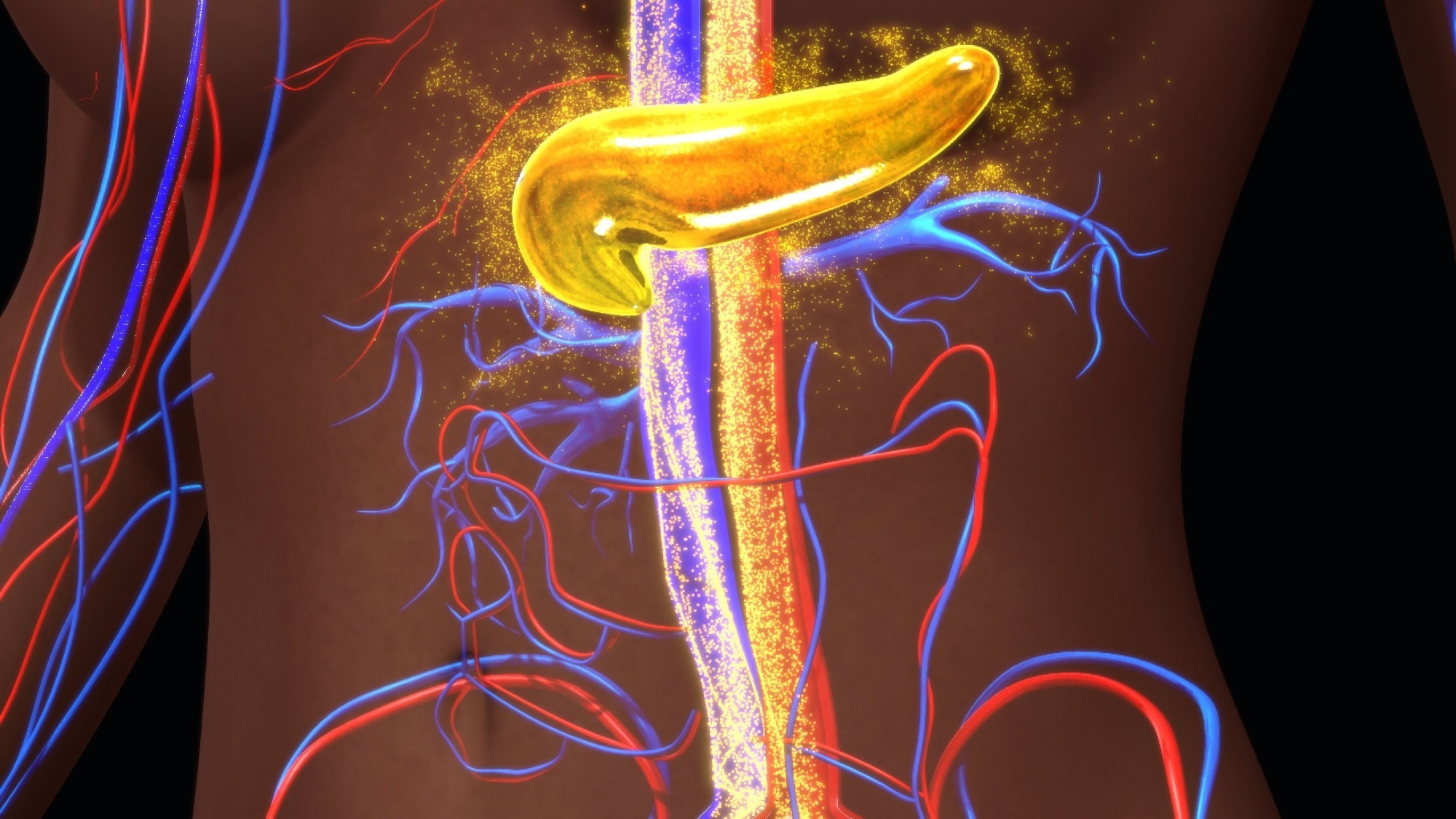By rescuing failing beta cells in a controlled glucose environment, researchers uncovered a gene-driven route to revive insulin secretion, pointing to JAK inhibitors as a promising new strategy in diabetes treatment.

Study: Functional recovery of islet β cells in human type 2 diabetes: Transcriptome signatures unveil therapeutic approaches. Image Credit: sciencepics / Shutterstock
In a recent study published in Science Advances, researchers investigated whether type 2 diabetes (T2D), a chronic condition characterized by the combined effects of insulin resistance and the failure of pancreatic beta cells, can be treated by inducing partial β-cell functional recovery at the cellular level. The study leveraged cutting-edge culturing techniques to culture pancreatic islets from T2D donors in a normoglycemic (5.5 mM glucose) environment, finding that 13 of 21 (~60%) preparations regained glucose responsiveness as measured by the insulin stimulation index (ISI).
These findings of functional recovery were attributed to specific changes in approximately 438 genes. A computational drug-repurposing analysis of these gene signatures suggested that Janus kinase (JAK) inhibitors are a promising therapeutic class, a prediction validated in both human islets and a mouse model of diabetes. By contrast, representative HDAC and PI3K inhibitors tested did not replicate the functional benefit.
Background
Type 2 diabetes (T2D) is a chronic and widely prevalent condition characterized by a progressive loss of glycemic control driven by both insulin resistance and β-cell dysfunction. The disease has long been viewed as a one-way street of progressive decline, driven by the failure of pancreatic beta cells to produce enough insulin to control blood sugar.
Recent research, however, challenges this conventional view, demonstrating that remission of T2D can be achieved, sometimes rapidly, through very low-calorie diets or bariatric surgery, both interventions associated with partial restoration of first-phase insulin secretion.
Unfortunately, it remains unclear whether beta cells from T2D patients can regain function once they are removed from the in vivo diabetic milieu; this study directly tests that question.
About the Study
The present study aimed to address this knowledge gap and guide future research and T2D-mitigating interventions by conducting a multi-stage study using pancreatic islets isolated from 21 organ donors with T2D (cases) and 15 non-diabetic donors (controls). The study was carried out in three stages: (1) ex vivo culture and GSIS assessment, (2) bulk RNA sequencing, and (3) in silico drug repurposing.
The study established an ex vivo (out of the body) model of functional recovery by extracting islets from T2D donors and culturing them for three days in a medium with physiological glucose (5.5 mM). Following culturing, glucose-stimulated insulin secretion (GSIS) and ISI were quantified, and islets were classified as "improvers" or "non-improvers." A subset cultured at 11.1 mM glucose did not improve, underscoring the importance of near-normal glucose exposure.
The study then performed deep RNA sequencing on the islets before and after culture to create a detailed map of the gene expression changes associated with functional recovery.
Finally, the study employed a computational approach called drug repurposing wherein the unique gene-expression signatures of the "improver" islets were identified and queried using the Connectivity Map database, a massive library of cellular responses to thousands of drugs and genetic manipulations.
Study Findings
The present study revealed a remarkable functional plasticity in human diabetic beta cells, finding that 60% of the islet preparations from T2D donors showed a significant improvement in glucose responsiveness after just three days in a typical glucose environment.
These "improvers" demonstrated an increased insulin stimulation index (ISI) of ~60% on average compared with baseline readings. This recovery is thought to be driven by a higher magnitude of insulin secretion at 16.7 mM glucose with no change in basal release at 3.3 mM.
Notably, this functional recovery was accompanied by dramatic changes in gene expression, with over 400 differentially expressed genes identified in the "improver" islets. Analyses revealed that genes involved in positive regulation of insulin secretion were generally upregulated, while genes involved in inflammatory pathways (e.g., interleukin 1 (IL-1)-mediated signaling) were downregulated. Type I interferon signaling was uniquely reduced in improvers, with up-regulation of β-cell identity genes such as PPARGC1A and down-regulation of SOCS3.
The computational analysis predicted that Janus kinase (JAK) inhibitors, a class of immune-modulating medications that are often used to treat chronic inflammation and autoimmune responses, could mimic the beneficial gene-expression change observed in cultured beta islets.
On testing this prediction, findings revealed that the JAK inhibitor baricitinib significantly improved the function of T2D islets in vitro, increasing their ISI by approximately 30% (p < 0.05). This effect was not observed in non-diabetic islets. In a mouse model of severe T2D (db/db mice), a 4-week treatment with baricitinib partially preserved insulin secretion during a glucose challenge, delaying β-cell failure despite persistent hyperglycemia.
Conclusions
This present study demonstrates that beta cell dysfunction is not a fixed endpoint but a plastic and partially reversible state. By removing diabetic islets from their stressful in vivo environment, a majority (~60%) were able to partially recover glucose responsiveness. The detailed transcriptomic map of this recovery process provides a valuable resource for the diabetes research community, potentially paving the road to T2D pathway-targeted interventions rather than inevitable decline. The authors emphasize functional recovery rather than cellular remission, underscoring the need for clinical trials to determine whether JAK inhibition can improve glycemic outcomes in vivo.
Journal reference:
- Suleiman, M., Sawatani, T., Tesi, M., Yi, X., Papadopoulou, T., Rufer, C., Lytrivi, M., Bosi, E., Burdet, F., Fantuzzi, F., De Luca, C., Sebastiani, G., Saponaro, C., Pugliese, L. A., Del Guerra, S., Pocai, A., De Simone, P., Ghinolfi, D., Boggi, U., … Marselli, L. (2025). Functional recovery of islet β cells in human type 2 diabetes: Transcriptome signatures unveil therapeutic approaches. Science Advances, 11(41). DOI – 10.1126/sciadv.ads2905. https://www.science.org/doi/10.1126/sciadv.ads2905